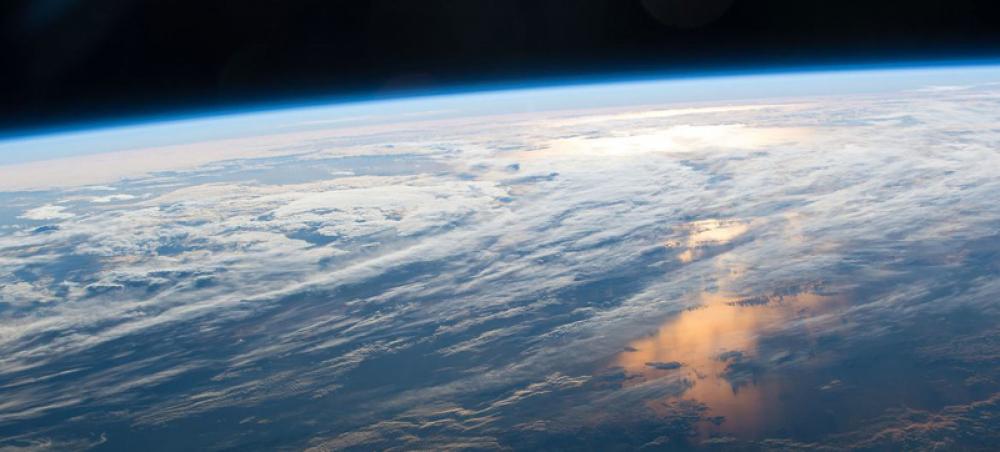Just Earth News | @justearthnews | 10 Jan 2023, 02:56 am Print
 Ozone
Ozone NASA
New York: The Earth’s ozone layer is on track to recover within four decades, a UN-backed panel of experts said on Monday.
But the group also warned of the unintended impacts on the ozone layer of new technologies such as geoengineering.
In a report published every four years on the progress of the Montreal Protocol, the panel confirmed the phase-out of nearly 99 per cent of banned ozone-depleting substances.
The Montreal Protocol was signed in September 1987 and is a landmark multilateral environmental agreement that regulates the consumption and production of nearly 100 man-made chemicals, or ‘ozone-depleting substances’ (ODS).
The overall phase-down has led to the notable recovery of the protective ozone layer in the upper stratosphere and decreased human exposure to harmful ultraviolet (UV) rays from the sun.
“The impact the Montreal Protocol has had on climate change mitigation cannot be overstressed,” said Meg Seki, Executive Secretary of the UN Environment Programme’s (UNEP) Ozone Secretariat.
“Over the last 35 years, the Protocol has become a true champion for the environment. The assessments and reviews undertaken by the Scientific Assessment Panel remain a vital component of the work of the Protocol that helps inform policy and decision-makers.”
Ozone recovery
The discovery of a hole in the Ozone Layer was first announced by three scientists from the British Antarctic Survey, in May 1985.
According to the Panel’s report, if current policies remain in place, the layer is expected to recover to 1980 values by 2040.
Over the Antarctic, this recovery is expected by around 2066, and by 2045 over the Arctic.
Variations in the size of the Antarctic ozone hole, particularly between 2019 and 2021, were driven largely by meteorological conditions.
Nevertheless, the Antarctic ozone breach has been slowly improving in area and depth, since the year 2000.
Impacts on climate change
The Montreal Protocol has already benefitted efforts to mitigate climate change, helping avoid global warming by an estimated 0.5°C.
The report reaffirms the positive impact that the treaty has had on the climate.
In 2016 an additional agreement to the Montreal Protocol, known as the Kigali Amendment required a phase-down of the production and consumption of some hydrofluorocarbons (HFCs).
HFCs do not directly deplete ozone but are powerful gases which contribute to global warming and accelerated climate change.
The panel said that it’s estimated the amendment will avoid another 0.3–0.5°C of warming by 2100.
“Ozone action sets a precedent for climate action. Our success in phasing out ozone-eating chemicals shows us what can and must be done – as a matter of urgency – to transition away from fossil fuels, reduce greenhouse gases and so limit temperature increase,” said WMO Secretary-General Petteri Taalas.
New technology warning
The panel cautioned against the use of a potential method to reduce climate warming by increasing sunlight reflection.
For the first time, they examined the potential effects on the ozone arising from the intentional addition of aerosols into the stratosphere, known as a stratospheric aerosol injection (SAI).
But they warned that an “unintended consequence” of SAI was that it “could also affect stratospheric temperatures, circulation and ozone production and destruction rates and transport.”
- Catastrophe alert: UN warns Asia is facing unprecedented cyclones and rainfall
- Catastrophe alert: UN warns Asia is facing unprecedented cyclones and rainfall
- India’s West Coast Turns Protector: Whale Shark Rescues Surge from Gujarat to Kerala
- Belém COP30 announces major climate finance boost
- Three dead after magnitude 5.7 earthquake hits Bangladesh, strong tremors felt in Kolkata





-1763561110.jpg)
